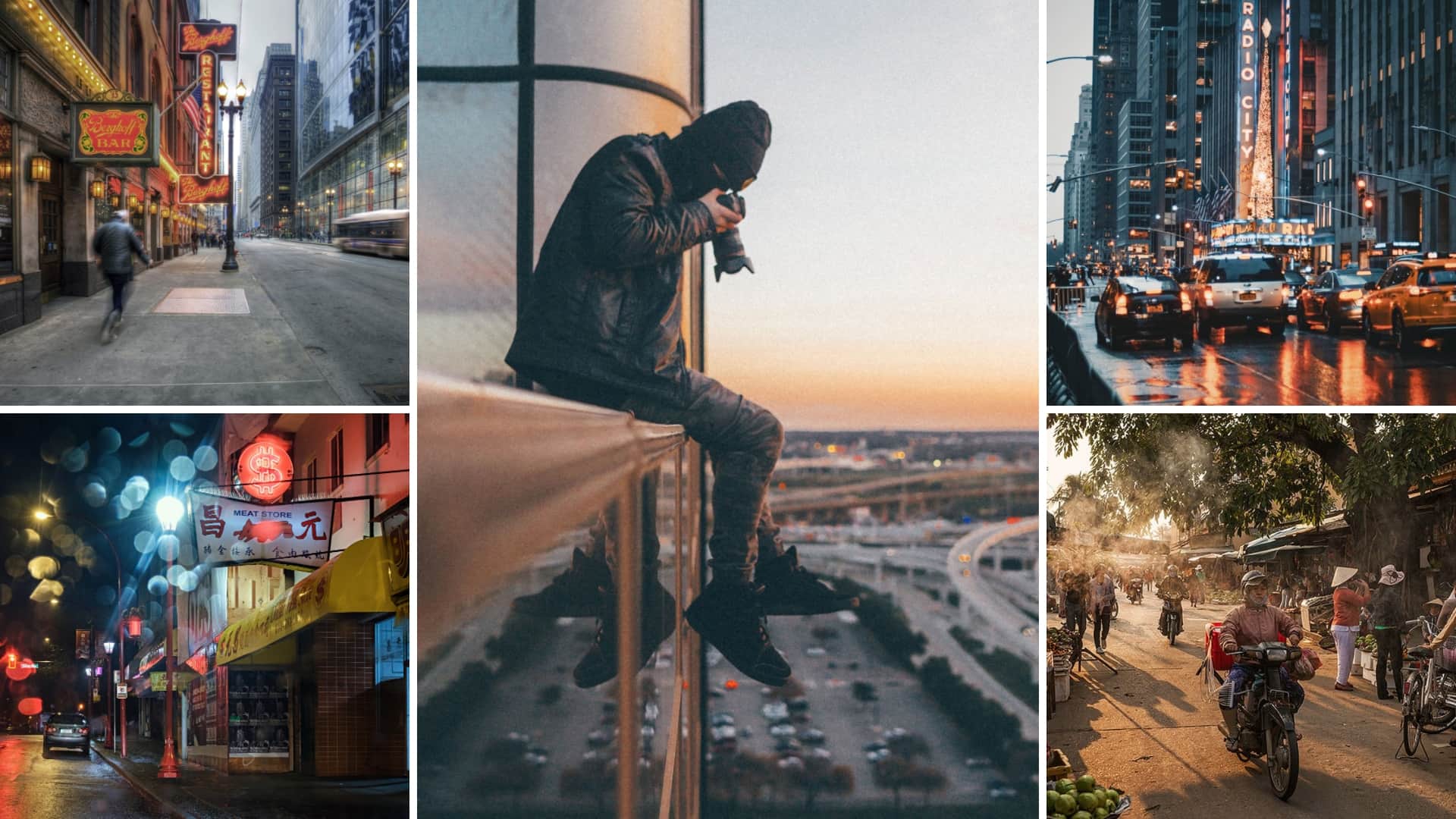Framing Streets Things To Know Before You Get This
Framing Streets Things To Know Before You Get This
Blog Article
The Best Guide To Framing Streets
Table of ContentsThe smart Trick of Framing Streets That Nobody is DiscussingUnknown Facts About Framing StreetsFraming Streets Can Be Fun For EveryoneOur Framing Streets StatementsThe 6-Minute Rule for Framing StreetsThe 15-Second Trick For Framing Streets
, generally with the goal of capturing pictures at a decisive or poignant moment by mindful framing and timing. https://framingstreets1.carrd.co/.
As a result his boots and legs were well defined, yet he lacks body or head, because these were in activity." Charles Ngre, waterseller Charles Ngre. https://trello.com/u/framingstreets1 was the initial digital photographer to attain the technical sophistication required to register individuals in motion on the street in Paris in 1851. Digital Photographer John Thomson, a Scotsman collaborating with journalist and social lobbyist Adolphe Smith, released Road Life in London in twelve monthly installments beginning in February 1877
The Definitive Guide to Framing Streets
Eugene Atget is pertained to as a progenitor, not because he was the first of his kind, yet as a result of the popularisation in the late 1920s of his record of Parisian roads by Berenice Abbott, that was motivated to carry out a comparable documentation of New york city City. [] As the city established, Atget helped to promote Parisian roads as a worthy subject for photography.

How Framing Streets can Save You Time, Stress, and Money.
Martin is the first taped professional photographer to do so in London with a masked video camera. Mass-Observation was a social research study organisation founded in 1937 which aimed to tape everyday life in Britain and to tape-record the responses of the 'man-in-the-street' to King Edward VIII's abdication in 1936 to wed divorce Wallis Simpson, and the succession of George VI. The principal Mass-Observationists were anthropologist Tom Harrisson in Bolton and poet Charles Madge in London, and their first report was created as guide "May the Twelfth: Mass-Observation Day-Surveys 1937 by over two hundred viewers" [] Window cleaner at Kottbusser Tor, Berlin, by Elsa Thiemann c. 1946 The post-war French Humanist Institution professional photographers found their subjects on the street or in the restaurant. Andre Kertesz.'s widely appreciated Images la Sauvette (1952) (the English-language edition was titled The Definitive Minute) advertised the concept of taking an image at what he called the "decisive moment"; "when kind and web content, vision and structure merged into a transcendent whole" - Street photography hashtags.
The smart Trick of Framing Streets That Nobody is Talking About
The recording device was 'a surprise cam', a 35 mm Contax concealed under his coat, that was 'strapped to the upper body and connected to a lengthy wire strung down the appropriate sleeve'. Nevertheless, his job had little contemporary influence as because of Evans' sensitivities concerning the originality of his task and the personal privacy of his subjects, it was not published until 1966, in guide Lots of Are Called, with an introduction composed by James Agee in 1940.
Helen Levitt, then an instructor of see here now children, connected with Evans in 193839. She recorded the temporal chalk drawings - 50mm street photography that became part of children's street culture in New york city at the time, along with the children who made them. In July 1939, Mo, MA's new photography area consisted of Levitt's operate in its inaugural eventRobert Frank's 1958 book,, was considerable; raw and usually out of focus, Frank's images questioned traditional digital photography of the moment, "tested all the formal guidelines laid down by Henri Cartier-Bresson and Pedestrian Evans" and "flew in the face of the wholesome pictorialism and sincere photojournalism of American magazines like LIFE and Time".
Report this page